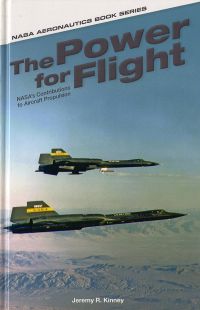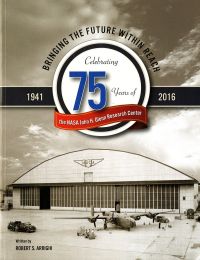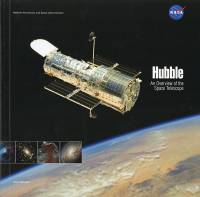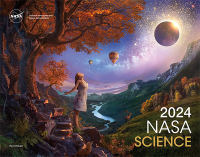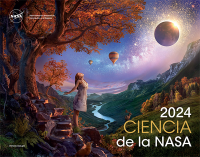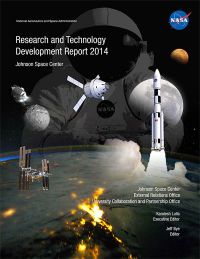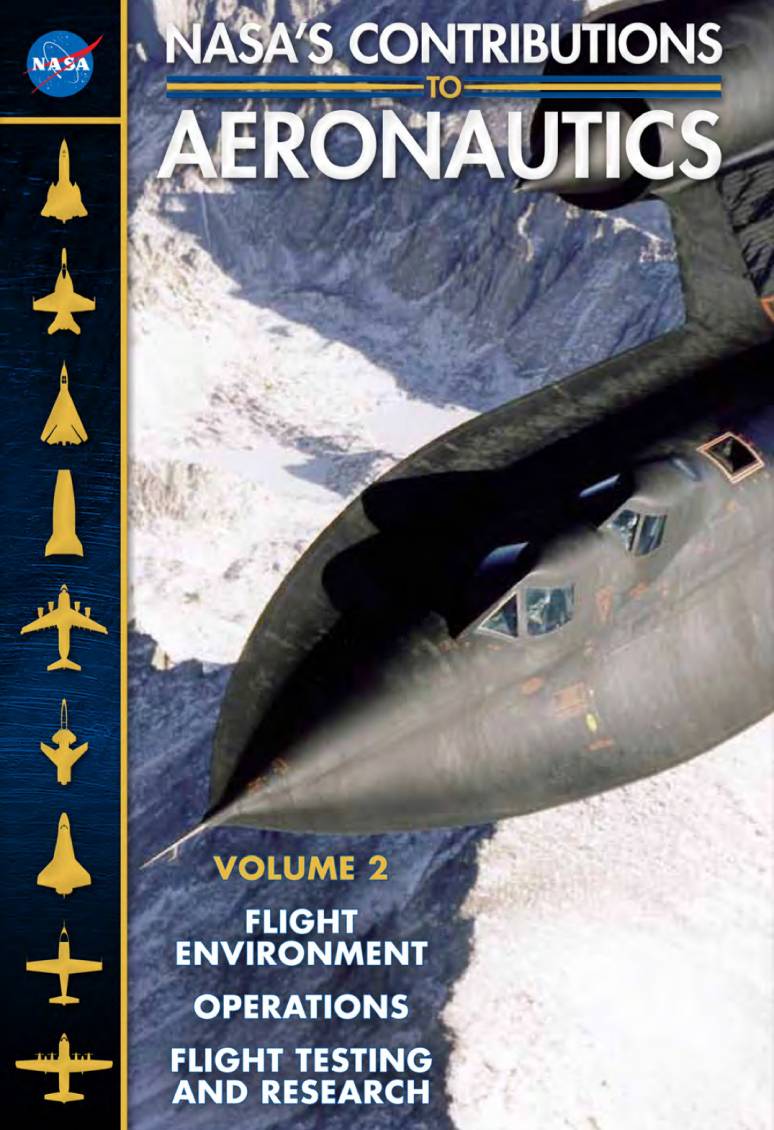
** Available for Purchase and Immediate Download **
National Aeronautics and Space Administration (NASA) has passed beyond the half century mark, its longevity a tribute to how essential successive Presidential administrations—and the American people whom they serve—have come to regard its scientific and technological expertise. In that half century, flight has advanced from supersonic to orbital velocities, the jetliner has become the dominant means of intercontinental mobility, astronauts have landed on the Moon, and robotic spacecraft developed by the Agency have explored the remote corners of the solar system and even passed into interstellar space.The Space Shuttle, the International Space Station, the Hubble Space Telescope, and various planetary probes, landers, rovers, and flybys speak to the creativity of the Agency, the excellence of its technical personnel, and its dedication to space science and exploration.
But there is another aspect to NASA, one that is too often hidden in an age when the Agency is popularly known as America’s space agency and when its most visible employees are the astronauts who courageously rocket into space, continuing humanity’s quest into the unknown. That hidden aspect is aeronautics: lift-borne flight within the atmosphere, as distinct from the ballistic flight of astronautics, out into space. It is the first “A” in the Agency’s name and the oldest-rooted of the Agency’s technical competencies, dating to the formation, in 1915, of NASA’s lineal predecessor, the National Advisory Committee for Aeronautics (NACA). It was the NACA that largely restored America’s aeronautical primacy in the interwar years after 1918, deriving the airfoil profiles and configuration concepts that defined successive generations of ever-more-capable aircraft as America progressed from the subsonic piston era into the transonic and supersonic jet age. NASA, succeeding the NACA after the shock of Sputnik, took American aeronautics across the hypersonic frontier and onward into the era of composite structures, electronic flight controls, and energy-efficient flight.
As with the first in this series, this second volume traces contributions by NASA and the post–Second World War NACA to aeronautics. The surveys, cases, and biographical examinations presented in this work offer just a sampling of the rich legacy of aeronautics research having been produced by the NACA and NASA.
Table of Contents
Foreword
Eluding Aeolus: Turbulence, Gusts, and Wind Shear
Kristen Starr
Coping With Lightning: A Lethal Threat to Flight
Barrett Tillman and John L. Tillman
The Quest for Safety Amid Crowded Skies
James Banke
Human Factors Research: Meshing Pilots with Planes
Steven A. Ruffin
Dynamically Scaled Free-Flight Model Testing
Joseph R. Chambers
NASA and th Evolution of the Wind Tunnel
Jeremy Kinney
Evolving the Modern Composite Airplane
Stephen Trimble
NACA-NASA's Contribution to General Aviation
Weneth D. Painter
The Evolution of Remotely Piloted Research Vehicles
Peter W. Merlin
NASA and Supersonic Cruise
William Flanagan
Introducting Synthetic Vision in the Cockpit
Robert A. Rivers
Aircraft Icing: The Tyranny of Temperature
James Banke
Care-Free Maneuverability At High Angle of Attack
Joseph R. Chambers
On the Up and Up: NASA Takes on V/STOL
G. Warren Hall
NASA's FLight Test of Russian Tu-144 SST
Index
Engineers, historians, scientists, and others interested in aeronautics and NASA would enjoy this publication.
Product Details
- Hallion, Richard P.


